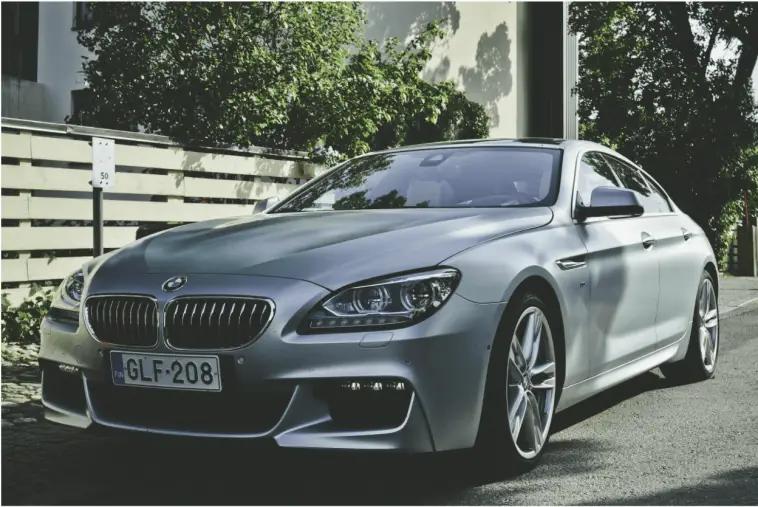Car insurance isn’t just another kind of insurance. It’s arguably the most important or all kinds of insurance because of car accident rates. The average number of people who die yearly in car accidents in the US is 38,250. Surprising don’t you think? This is only the fatalities; there are many more accidents as a whole, and as a result many more people have to pay lots of money to get their cars repaired because of car accidents.
When you get into a car accident, it definitely isn’t a good thing. Because of injuries and repairs, the accident can be very costly. This is where auto insurance (or car insurance) comes in. If you have PLPD – usually the lowest level of car insurance permitted – coverage for your car, it will still help you out with some of the fees if you faulted in an accident.
Though it doesn’t cover your own car, it will protect you from other losses such as:
- Injury and pain for the other party
- Property damage
- Your medical bills (if you live in a no-fault state)
PLPD isn’t the only kind of car insurance. To name a few, there is comprehensive coverage, collision coverage, and medical payments coverage. These are only a few and there are more depending on what you need. Six Types of Car Insurance Coverage has more information on the topic.
Mechanical Repairs
While car insurance does cover mechanical repairs from vandalism or collisions, it does not cover mechanical repairs needed because of wear and tear or bad workmanship. While car insurance won’t cover mechanical repairs, if you have a warranty, that may cover it. Car insurance is for unexpected accidental events, and won’t cover mechanical repairs. But if you think you pay more than you get out of it, think of yourself as lucky instead. Car accidents can happen to anyone at any time.
In this case, car insurance can save you from falling into debt, whether or not you get out of it. If you are at fault in an accident and the other party successfully receives compensation from you, it can be a lot of money depending on the damage caused.
The compensation can be based on medical bills, time off work, and repair fees. On top of that, you also need to pay for your medical bills, recover the money lost from your time off work, and repair fees for yourself and your vehicle, so the money you need can form an astonishing bill. This is why you should think of insurance as protection from the unimaginable rather than a waste of time and money.
Getting Insured
1. What Kind of Insurance?
The first step of getting car insurance is recognizing the kind of insurance that you’ll need. There are many kinds with different amounts of coverage. The professionals behind Freeway Insurance say that the lowest kind of coverage is PLPD, which helps cover costs or charges, with the most common being collision coverage. Each state has different kinds of minimum car insurance, so be sure to factor that into your decision as well.
2. Review Current Insurance Documents
Reviewing your current insurance documents – if you have any – can be useful. This is because it gives you a starting point. From here you can reference whether you need less or more and how much.
3. Quotes
Once you’ve decided what kind of insurance you want and what level or coverage you’ll need, it’s time to get quotes. This process can take time depending on how many companies you decide to get quotes from, but make sure to get quotes from a good amount of companies because it offers more chances to score a good price. If you want to cut down the time spent, you can also use comparison tools, call for the quote, or go in person, though it depends on the person and the reason.
4. Actually Getting Insurance

Once you’ve gone through many steps and spent much time choosing which company you want to purchase insurance off of, you still need to finalize your purchase.
1. Review Policies
Make sure to review the policies of the insurance company when you get to purchasing the insurance so as to not get surprised by anything after finalizing the insurance.
2. Keep Proof of Insurance in Your Car
Once you agree to a policy, the insurance company will give you an insurance ID. With this card, you should leave it in your car as sometimes it’s required to show insurance.
3. Cancel Former Insurance
The final step after finalizing the insurance is to cancel any unneeded insurance as to avoid double or even triple paying. This can usually be done by phoning your former insurance company, meaning you don’t need to visit in person.
Car insurance is an incredibly important kind of insurance that protects you from charges and costs that are from vandalism, fire, or a car accident. It can be expensive and seem like a waste of time and money, but in the end it can stop you from falling into debt. It’s a great thing to have even if you never have to use it because who knows if you’ll get into a car accident in the future?



